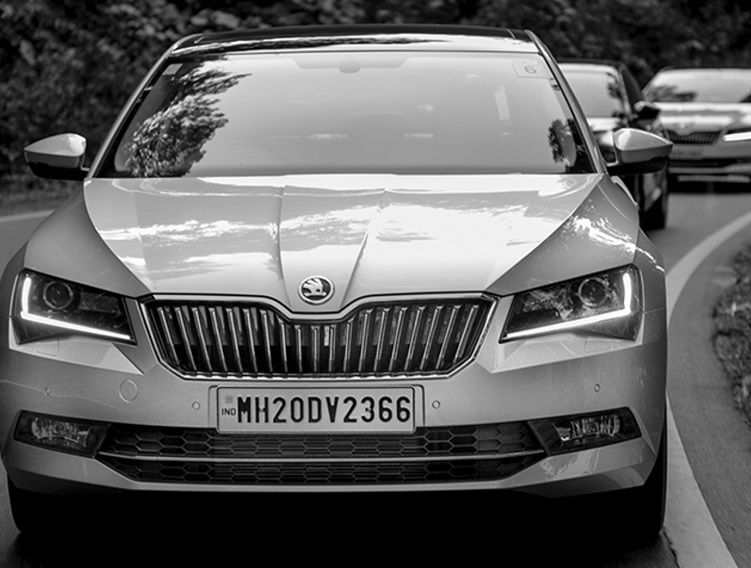How is the registration-number system handled in
the world’s second most populous country? And why do cars in India have three registration
marks?
In the third part of our Deciphering Number
Plates series, India the second most populous country in the world, gets looked
at. The UN estimates that there were over 1.3 billion inhabitants there in
2018. How does the Indian registration-number system cope with such huge
numbers of people and the vehicles they drive? The
solution, it would seem, is simple. More characters. While ordinary Czech and British registration numbers consist of seven characters, ten
characters are the norm in India – four are usually letters and the rest are digits.
The first two characters of an Indian
registration number are letters denoting the federal state or union territory,
of which there are 36 in India. Next up are two digits indicating the regional
transport authority within the state or territory that issued the registration
number. After that, there are one, two or three letters showing the current
series of registration numbers. The final four digits are the number unique to
the plate. The last feature of a number plate is the IND sign on the left. Above
that is Ashoka Chakra (the symbol depicted on the Indian flag), and below it is
the number plate’s lasered PIN code. Some states and territories (such as the
National Capital Territory of Delhi) add an extra letter before the series
explained above in order to designate the vehicle type. Each state can use its
own set of codes for this purpose. Delhi, for example, makes a distinction
between motorbikes, cars, electric vehicles, public transport vehicles,
three-wheeled rickshaws, taxis, pick-up trucks, and rental vehicles.
Indian number plates come in five different
colour combinations. Plates for private vehicles have black lettering on a
white background. Commercial vehicles, such as taxis, buses and lorries, have
black lettering on a yellow background. Yellow lettering on a black background
is used to denote a vehicle rental. White lettering on a light blue background
indicates that the vehicle belongs to a foreign embassy or consulate. The
latest addition to the family of Indian number plates is plates for vehicles
running on electricity, which have white lettering on a green background. On
top of all that, there is a sixth form of number plate that happens to be quite
special and very exclusive. It features the state emblem of India in gold on a
red background. If you ever see a car with this number plate, you will know
that you have encountered the car of the Indian president or one of the
governors of a federal state or union territory.
Besides
standard registration numbers, India also offers vanity plates, though the
options available are rather limited – the only bits customers can choose are
the last four digits and the series of the number plate. Only numbers that have
never been used are on offer.
Since
2005, India has had a law on new, secure number plates. However, implementation
has been very slow and has yet to be completed in some federal states. New
number plates have special security features enabling them to be fitted and
removed only with a special device. If they are tampered with, the plates
should become unusable, and in these cases, it will also be impossible to fit
different plates on the vehicle.
CLICK
HERE for further information and to see the how these have changed over the
years


